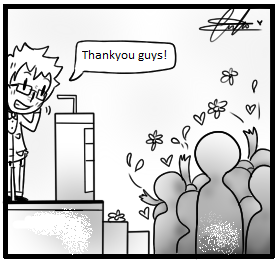Administrator Stability Lost in Shuffle
ELTON HO
Copy Editor
With countless tasks to be managed and a large faculty that needs to be supported, all schools benefit from a strong principal. However, with the national principal turnover rate being as high as it is, many schools across the country find themselves struggling to find consistent leadership. New policies or curriculums like the famous Common Core Standards are still meaningless if there is nobody to oversee their implementation. Thus, the issue of principal turnover is a priority that must be addressed when it comes to our education system.
One reason district officials replace principals is their need to see urgent change; if test scores do not improve, they may immediately seek another leader. While there is nothing wrong with an occasional new face, frequent shifts in administration actually hinder long-term programs and effectively halts momentum. In fact, student achievement tends to dip during a transitional period, according to Chalkbeat. Academic improvement is a gradual process, and principals need time to settle into their position before positive change can begin. High turnover only leads to a vicious cycle, dragging low-performing schools lower and lower.
A constant rotation of principals also affects relationships among students and staff. Principals are the face of a school; staff members rely on them for support and students rely on them for encouragement and motivation. Frequent turnover prevents these connections from forming. A principal lost in an unfamiliar environment will hardly appear authoritative to a student who has known their school for years longer.
As turnover involves leaving positions voluntarily, principals should be given enough assistance to feel secure in their job. According to the School Leaders Network, principals often leave schools because they face excessive pressure; when issues arise, they are held accountable regardless of their actual involvement in the matter. Another key reason principals leave is the lack of support and professional development provided, according to Education Week. After preparatory programs and possibly two years of coaching, principals are left alone to manage affairs. Despite their authoritative reputation, we should not expect that principals can manage everything required of them without adequate support.
The continual churn of principals holds the nation’s schools back. A principal’s potential may not be immediately evident; they should seen not as an instant stimulant for a struggling school, but as a worthwhile investment for fostering future growth.
